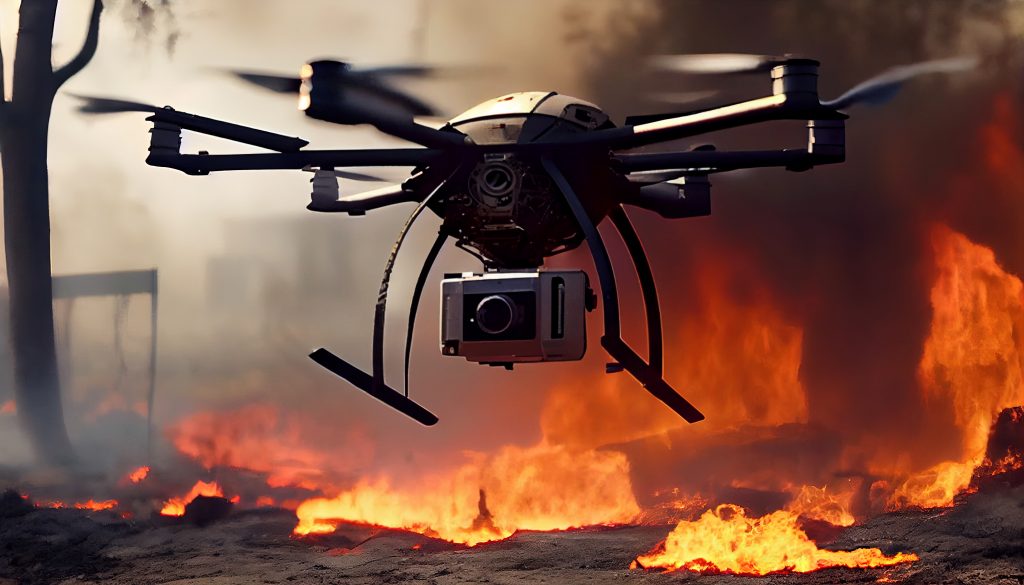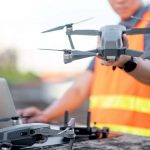The future airport needs to be designed so that people and cargo can travel as efficiently and effectively as possible. Autonomous vehicles will be increasingly relied upon, airports will need to account for these vehicles. Drone travel needs to be integrated safely into the airspace. The cities that invest into their airports should see increased economic activity as a result.
Significant investment in infrastructure improvements should be made to ensure that airports can accommodate increasing UAV travel. Planning for this new future, will mean updating or redesigning airports to prepare for the inevitable reality that current airports are not sustainable as designed.
Safety is obviously the biggest obstacle keeping drones from seeing wider adoption. As the technology progresses, it will be more convenient for new users, allowing experienced operators to manage an ever- increasing number of drones. Current technology allows one operator to control up to four drones at one time.
Maybe airports of the future need to take a page from the Brightline train company, the transport is a great experience. The terminals are a comfortable and clean place to wait for your train. The first class option has a private lounge, and the train offers food and drink service like a plane. The experience is much more convenient than traditional air travel has become.
Often airports are too congested, especially with delays becoming commonplace, during and after the pandemic. Airport planners need to take into account the new reality that customers are demanding better service for their money. New designs have taken into account passengers concerns, with the goal to try and build environments that make travel easier and more comfortable.
Airports are beginning to offer more convenient service options in terms of touch- free and paperless service. The last time I flew was not particularly bad, beyond the crowded waiting area, and cramped seating in the cheap seats. The more air travel embraces technology, the better.
My previous flight from Las Vegas, we suffered through a delay that lasted throughout the day, and into the night. Eventually, the airline was forced to issue vouchers for hotel rooms. Luckily, we were able to catch a flight in the morning. Finally, the plane departed, and we arrived safely, but the ordeal left a plane full of passengers very upset with airport personnel. We were not the only plane upset, by far.
Input from passengers will help airports determine what is important to travelers. The City of Boulder is soliciting opinions from the public regarding the design of their new airport. Input from the public will help designers fully understand the impacts and effects of design decisions on passenger satisfaction. Designs are increasingly focused on being aesthetically appealing. The Boulder airport hopes to offer better dining options and more diverse retail stores for travelers.
Getting through the metal detectors and to your gate easily is an important part of the planning. Newark’s new airport has spent the money to get people and bags checked in faster. From the moment passengers step out of their vehicle, airports should be accommodating to their guests, looking to please their clientele.
Tampa airports new extension is just one of the many examples of airports undergoing improvements to their infrastructure to accommodate more passengers. Designs of the future should ensure that moving from your vehicle to your plane is easier. The design should make the whole experience better for travelers. Countries all around the world are vying to build the most well-designed airport of the future to move an ever-increasing demand. Better convenience and service is essential for airports need to not only deliver, but to surpass expectations.





